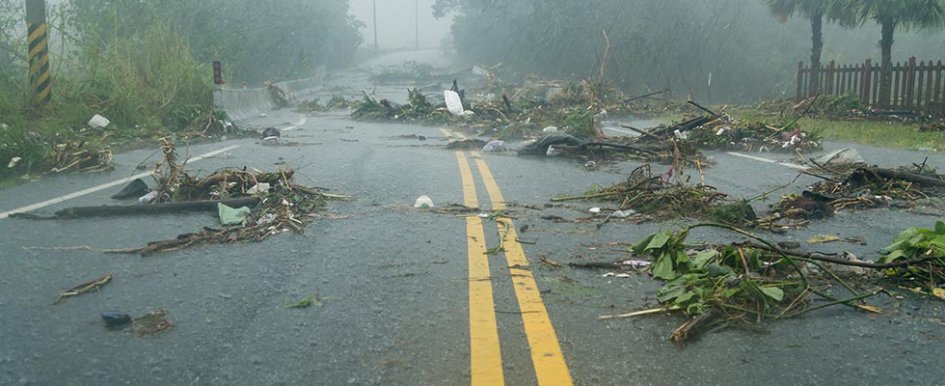
There’s a good chance severe weather has impacted your construction site in the last few years. Events like tornadoes, hailstorms, flooding and wildfires are worsening and happening more often. In fact, severe weather events exceeding $1 billion in damages have more than doubled in the past five years, according to the National Oceanic and Atmospheric Administration. Compounding problems, material inflation and supply chain delays could lead to longer, costlier recovery periods.
Both trends could pose greater financial risk if your business — or jobsite — is damaged.
The good news: If you plan now, you can help protect your site. Below are four steps you can take to prepare your company for the unexpected.
1. Create an emergency response plan.
During severe weather, your priority should be keeping your employees safe. Assess your construction sites and identify which weather risks could affect each location. Your emergency response plan should contain information on the following:
- Emergency equipment and supplies — Determine the type, quantity and placement of equipment like firefighting equipment, first-aid supplies and nonperishable food.
- Severe weather drills — Identify exits and conduct drills to ensure safe exits and sheltering.
- Material storage — Assess each site’s hazardous materials and inventory. Develop a plan to secure and protect it.
- Secondary operating locations — Establish a safe space to manage your business remotely. Confirm that you back up and secure critical data off-site, with important paper records kept in a fire and flood-proof location.
- Employee communications — Share your emergency action plan with employees on a regular basis.
Get your employees engaged in the planning process. They’ll know their job tasks best, which can lead to useful insights. You can also ask local first responders to assess your drills. They might identify potential gaps to improve your plan.
2. Prepare your structures and equipment.
Whether it’s heavy rainfall, high winds or fire, your structures and equipment are at risk. Here are a few ways to keep your assets protected:
- Combat hail damage with overhead coverings — When possible, make sure roofs are repaired immediately after damage. Recommend hail guards for rooftop HVAC systems and make sure the shingles are rated appropriately.
- Protect against water damage by storing equipment and supplies on an elevated grade — At each of your jobsites, flash flooding, heavy rain or snowmelt can cause unexpected water damage. Store equipment and materials on an elevated grade — or off-site. With supply chain delays still causing challenges, replacement timelines could throw your project schedule off.
- Mitigate wildfire damage by clearing surroundings — Make sure to clear vegetation and debris around your jobsite’s structures and buildings. Work with local fire departments to ensure you assess your jobsites and the areas surrounding them.
- Prepare for hurricane and tornado season — Identify where equipment may be vulnerable to high winds and rising water. Create emergency checklists that include tasks like securing materials, unplugging electrical equipment and evacuating.
3. Create a business continuity plan.
A business continuity plan can serve as your road map if severe weather disrupts your business. It should include information — and steps — to help you resume your operations. The quicker you act, the sooner you can minimize downtime. If you don’t have it already, consider adding business income coverage to your insurance policy. Historically, 25% of businesses don’t recover following a disaster, according to the Federal Emergency Management Agency.
Business income insurance acts like a form of disability insurance for your business. It can help you pay for overhead and employee wages while you rebuild and manage lost profits. Supply chain and labor issues in the manufacturing industry mean it could take months longer to replace your assets. Builder’s risk insurance, contractor equipment coverage and installation insurance can also offer added protection. Speak to your insurance agent to see what makes sense based on your locations and risks.
4. Reassess your property valuations.
Due to inflation, your business could be underinsured. Much like inflation causes the cost of the goods we buy to increase, the properties you own — including equipment and materials — could cost more to replace if a severe weather event causes damage.
Talk with your agent and update your property valuations to cover possible gaps. You may also want to consider adding an inflation guard provision, which automatically increases the value of your insured property, at a percentage you set, to compensate for rising costs of materials throughout your policy term.
Don’t Wait — Prepare
As supply chain constraints, inflation and labor trouble the construction industry, it’s important to protect what you can control. The tips shared here are just a snapshot of how you can protect your business in the current environment.
Remember, severe weather is now less of an “if” and more of a “when.” Talk to your agent and local experts to discuss a plan specific to your business.



